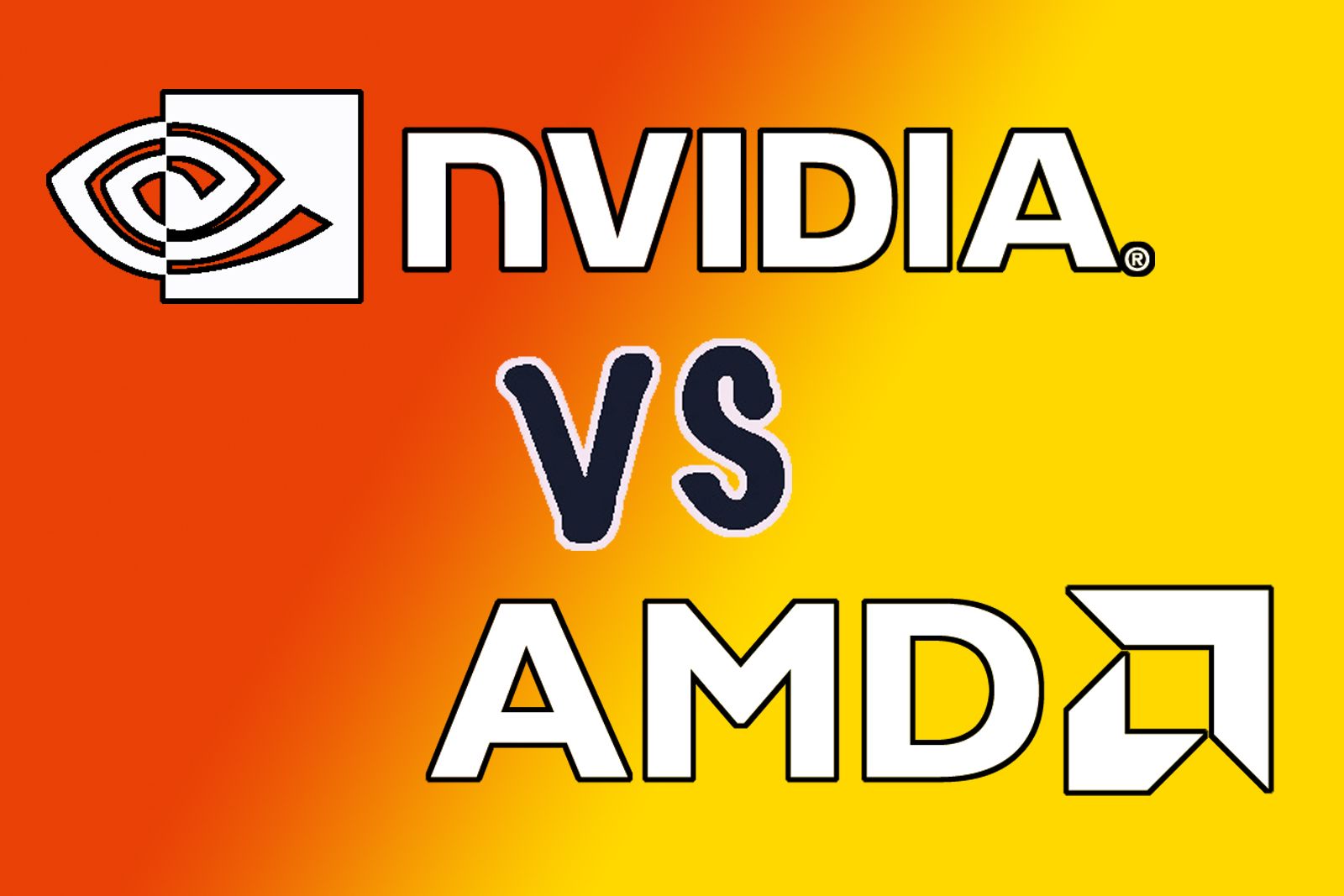Nvidia G-Sync and AMD FreeSync are two Variable Refresh Rate (VRR) applied sciences that remove display tearing whereas gaming by dynamically adapting your monitor’s refresh price to match the sport’s framerate. There is a historical past of back-and-forth between the 2 applied sciences, with Nvidia and AMD competing to outdo each other. Lately, the variations between the 2 applied sciences are few and infrequently small — however not nonexistent.
On this information, we’ll clarify precisely what G-Sync and FreeSync are, what advantages they provide avid gamers, and how one can determine which one is finest for you.
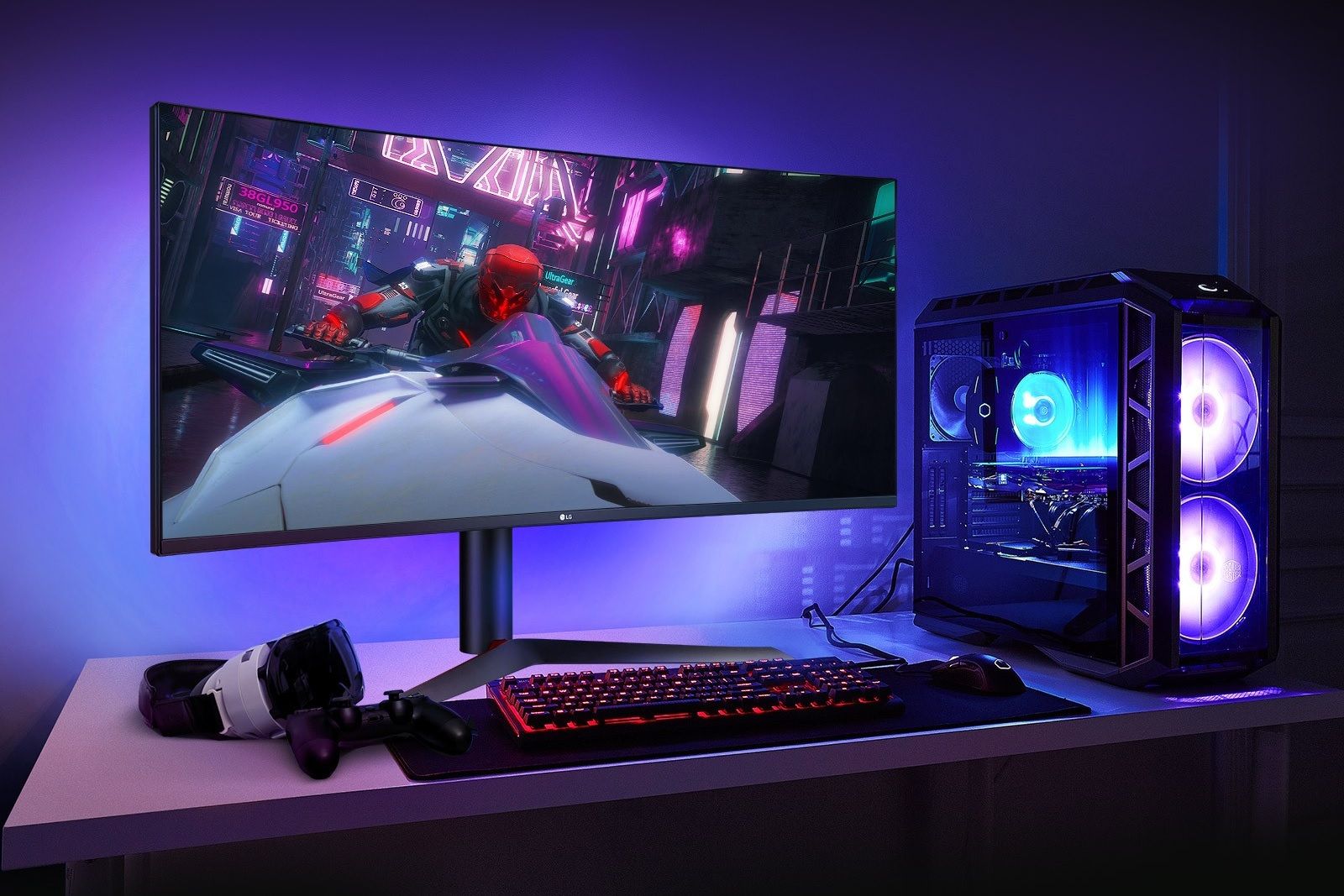
How to enable G-Sync on your gaming PC and monitor
You probably have an Nvidia graphics card and a appropriate gaming monitor then Nvidia G-Sync may also help provide you with a smoother expertise.
What’s Nvidia G-Sync and what does it do?
Nvidia G-Sync goals to repair display tearing and supply a smoother gaming expertise on appropriate displays by synchronizing refresh charges to present in-game framerates. That is typically referred to as variable refresh price (VRR) know-how.
Conventional displays’ refresh charges are fastened, which implies they refresh the displayed picture at a relentless price, similar to 60Hz (60 occasions per second). Nonetheless, a recreation’s body price — the variety of occasions, per second, that it renders a brand new recreation picture — can range, typically resulting in your monitor and graphics card being out of sync.
This may trigger display tearing which is the place, inside a single display refresh, your monitor concurrently shows parts of a number of frames, showing as a visible tear horizontally throughout your display.
G-Sync addresses this difficulty by dynamically adjusting the monitor’s refresh price to synchronize it with a recreation’s body price. It requires a G-Sync or G-Sync Appropriate monitor plus an Nvidia graphics card. With G-Sync enabled, your monitor’s refresh price dynamically adjusts to match the body price despatched to the show by the graphics card. This offers you smoother gameplay with out display tearing.
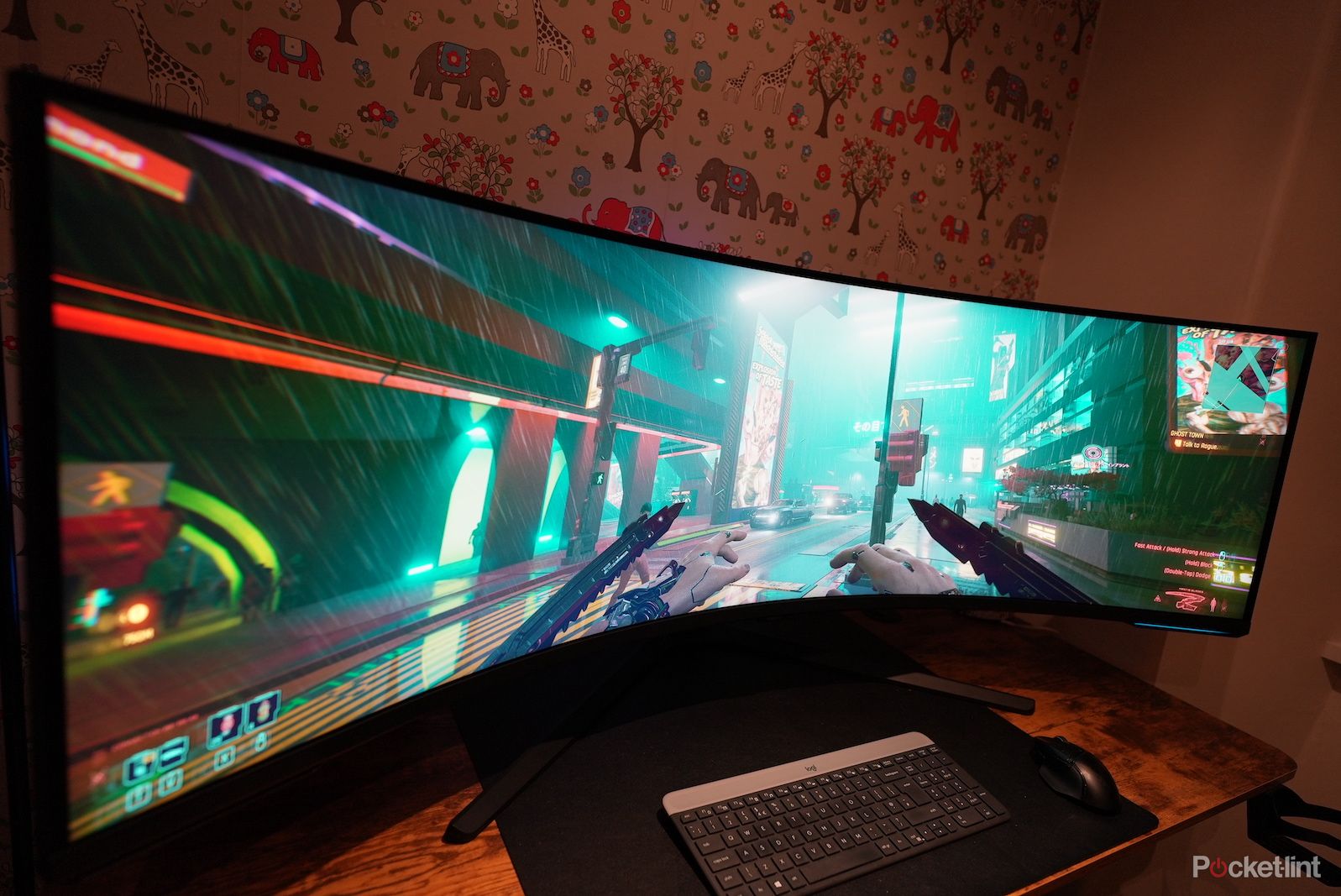
Best gaming monitors: Top 4K, ultrawide and ultra fast monitors to buy
An amazing monitor could be a large improve on your PC, whether or not for gaming or work – these are our favourites.
G-Sync also can scale back enter lag and supply a extra responsive gaming expertise as a result of it ensures that the proper body is displayed on the proper time, quickly after your mouse- or key-press. And should you’re switching from VSync to G-Sync, you would possibly discover that video games stutter much less, too, as a result of VSync could cause body stutters when there’s an excessive amount of framerate variation.
G-Sync compatibility with G-Sync Final
Nvidia G-Sync and G-Sync Final displays are ones which have a proprietary Nvidia chip constructed into them to speak with G-Sync software program and deal with the dynamic refresh price changes. G-Sync Appropriate displays, nonetheless, are ones that do not require this proprietary chip.
G-Sync Appropriate displays are ones that may dynamically modify refresh charges over DisplayPort just by course from the GPU, with none in-display chip. They use VESA’s free and open Adaptive-Sync commonplace, however to get the “G-Sync Appropriate” stamp, in addition they require one other layer of Nvidia testing to substantiate they provide an ideal VRR expertise with Nvidia GPUs utilizing G-Sync software program.
G-Sync Final montiors are ones that (in contrast to G-Sync Appropriate displays) use the proprietary Nvidia chip to deal with refresh price synchronization and still have some additional verified options similar to HDR help.
Nvidia G-Sync Pulsar
Pulsar is Nvidia’s newest development and addition to its G-Sync commonplace. Nvidia says:
G-Sync Pulsar is the subsequent evolution of Variable Refresh Price (VRR) know-how, not solely delivering a stutter-free expertise and buttery easy movement, but in addition a brand new gold commonplace for visible readability and constancy by the invention of variable frequency strobing.
Nvidia G-Sync Pulsar considerably improves what Nvidia calls “efficient movement readability”, which implies much less movement blur and ghosting on fast-moving objects.
Movement blur will be attributable to gradual LCD pixel transitions, and this may be fastened by enabling Variable Overdrive on supported displays. Movement blur will also be attributable to “object permanence within the eye”, which is normally fastened by backlight strobing when Extremely Low Movement Blur is enabled on G-Sync displays.
Nonetheless, backlight strobing has, till now, not labored with G-Sync VRR, because it requires a hard and fast refresh price to forestall stuttering.
G-Sync Pulsar is Nvidia’s resolution to this. Because of a “novel algorithm that dynamically adjusts strobing patterns to various render charges”, G-Sync displays which help Pulsar will have the ability to strobe the backlight to drastically scale back movement blur on fast-moving objects, all whereas G-Sync is enabled. This could make gameplay seem a lot smoother in video games the place there are fast-moving objects.
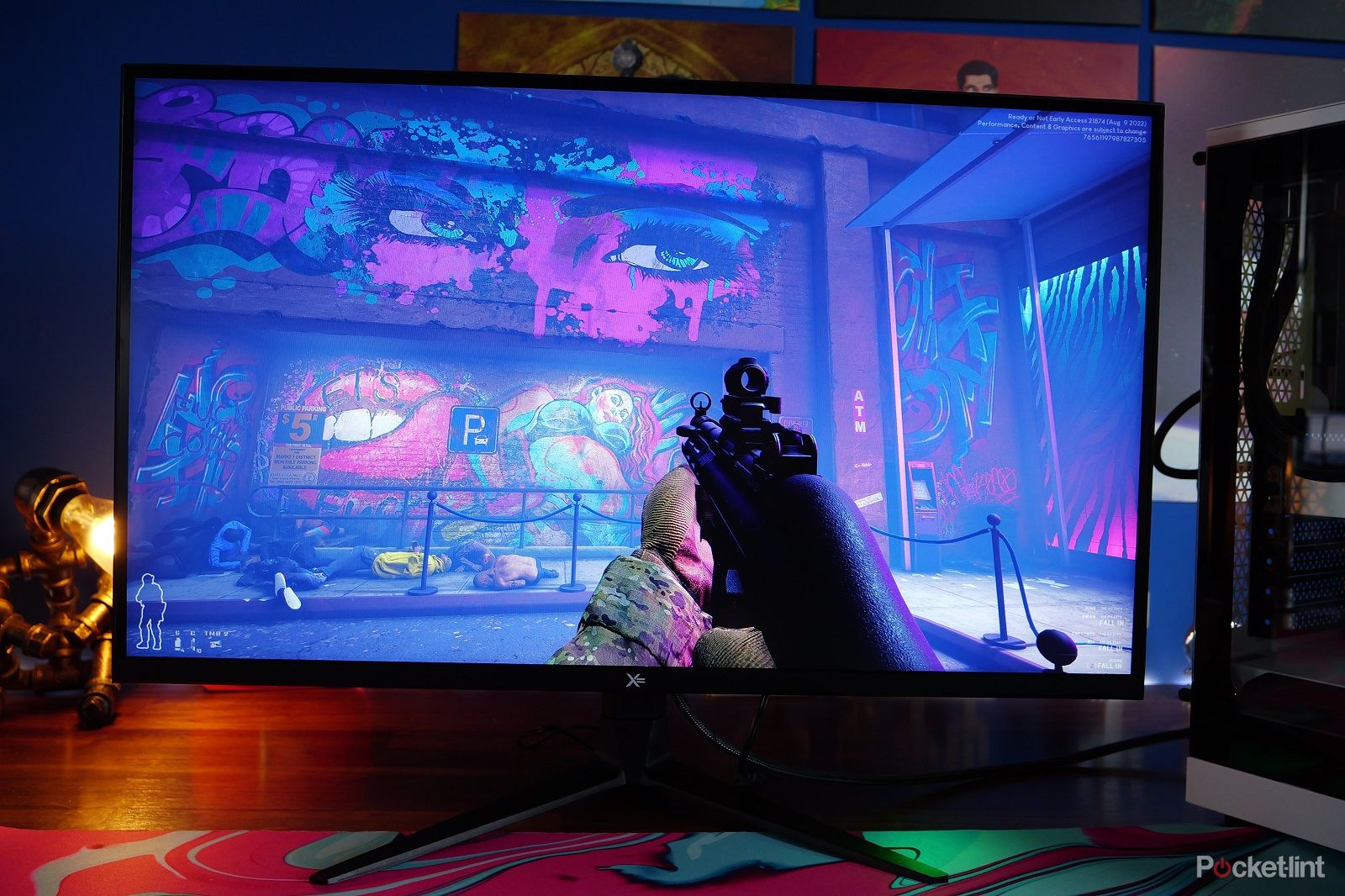 What’s AMD FreeSync and what does it do?
What’s AMD FreeSync and what does it do?
AMD FreeSync, like G-Sync, goals to synchronize your pc show’s refresh price with the sport body price given to it by the GPU, eliminating display tearing and permitting for smoother gameplay.
FreeSync, like G-Sync Appropriate, makes use of VESA’s Adaptive-Sync commonplace to dynamically modify refresh charges over DisplayPort by course from the GPU, with no in-display chip requirement.
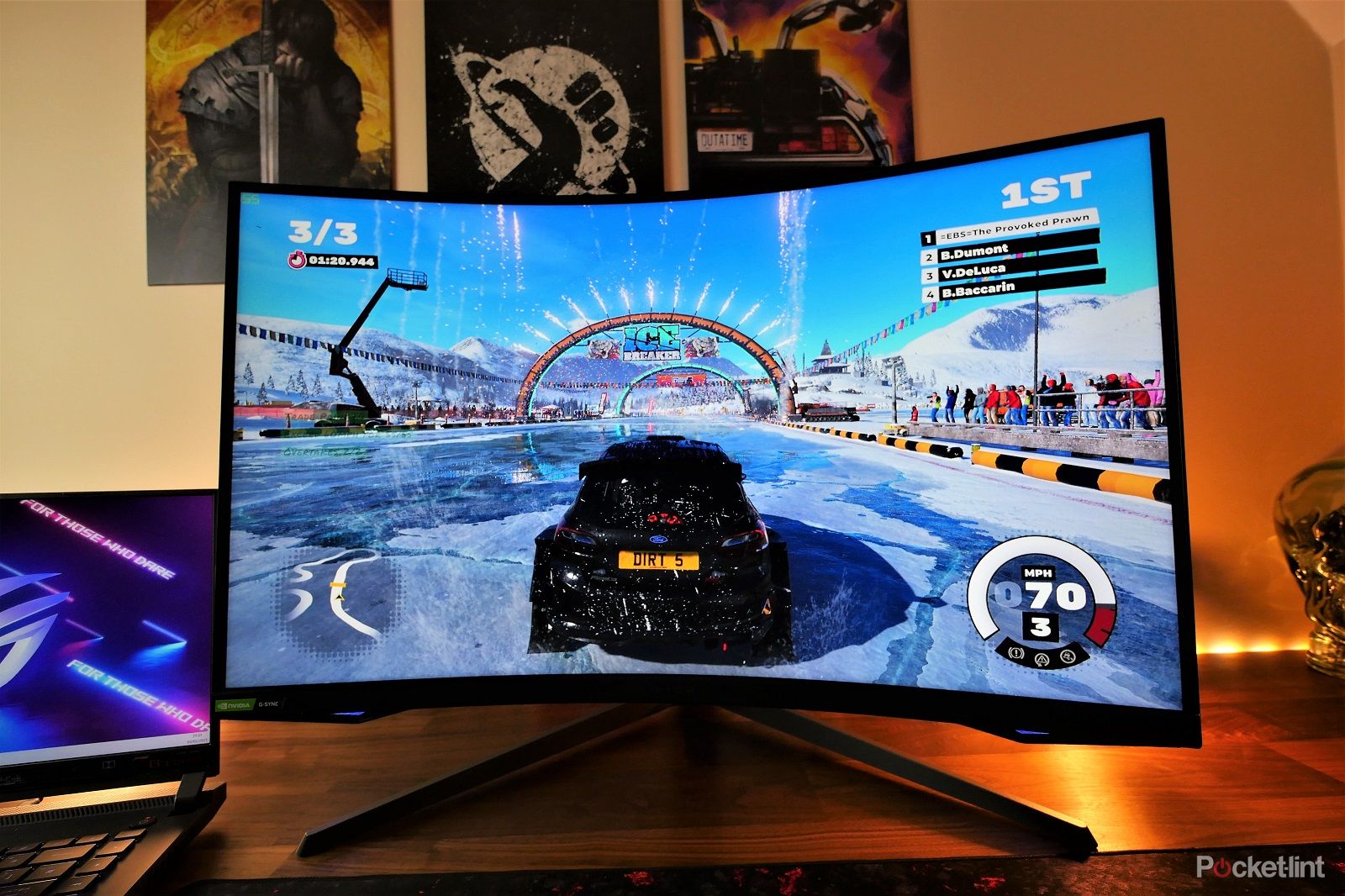
How to check your monitor’s refresh rate and adjust it
Should you’re making an attempt to take advantage of your gaming PC, then it is advisable ensure you’re additionally getting probably the most out of your monitor.
Three variations of FreeSync can be found: FreeSync, FreeSync Premium, and FreeSync Premium Professional. FreeSync displays are validated to supply low latency, low flicker, and tear-free Adaptive-Sync capabilities. Each FreeSync Premium and Premium Professional displays are, on high of this, validated to supply a minimal refresh price of 120Hz and low body price compensation, and Professional displays, like G-Sync Final ones, are additionally validated to help HDR.
You do not want an AMD GPU to make use of FreeSync, both, offering you are utilizing an Nvidia GeForce 10-series card or later. Though, there’s much less prone to be any points should you follow an AMD GPU for FreeSync and an Nvidia GPU for G-Sync.
Presently, there isn’t any FreeSync equal to Nvidia G-Sync Pulsar.
Nvidia G-Sync vs AMD FreeSync: Featured in contrast
G-Sync and FreeSync are each applied sciences utilized by GPUs and gaming displays to remove or repair display tearing and supply a smoother gaming expertise. Nonetheless, there are key variations between the 2 applied sciences.
|
G-Sync |
FreeSync |
|
|---|---|---|
|
Required GPU |
Nvidia |
AMD or Nvidia (post-10-series) |
|
Connector |
DisplayPort |
DisplayPort, and infrequently HDMI |
|
Chip-less VRR |
Sure, with G-Sync Appropriate |
Sure |
|
HDR |
Sure, if G-Sync Final |
Sure, if FreeSync Premium Professional |
|
Low framerate compensation (LFC) |
Sure |
Sure |
|
VRR with backlight strobing |
Sure |
No |
|
Twin-mode appropriate |
Sure, if G-Sync Final* |
Sure, if FreeSync Premium Professional* |
*That is unconfirmed however in all probability the case. As a result of G-Sync Appropriate, G-Sync Final, and all FreeSync tiers adhere to VESA’s Adaptive-Sync commonplace, they need to be appropriate with the brand new dual-mode refresh price displays. We count on Nvidia and AMD to record this characteristic as a premium one, although, and provides dual-mode displays G-Sync Final and FreeSync Premium Professional badges.
What’s VESA Adaptive-Sync?
In 2014, not lengthy after Nvidia launched its personal proprietary chip-accelerated G-Sync VRR tech, the Video Electronics Requirements Affiliation (VESA) printed a white paper (PDF) outlining an open commonplace for VRR know-how referred to as Adaptive-Sync.
Whereas Adaptive-Sync tech existed from 2009 onwards and could possibly be used over embedded DisplayPort (eDP), in 2014 the know-how was added to new DisplayPort (DP) requirements.
Any monitor that used the brand new DisplayPort specification and adhered to its newest Adaptive-Sync requirements could be able to reaching a variable refresh price with out using an additional bodily chip contained in the monitor.
Any monitor that adheres to the requirements VESA outlined and passes Adaptive-Sync compliance testing is a monitor that is formally able to Adaptive-Sync, and may have a brand to show it.
G-Sync Appropriate and FreeSync displays are ones that adhere to this commonplace, but in addition use AMD’s and Nvidia’s personal graphics software program (FreeSync in AMD’s case and G-Sync in Nvidia’s) to permit the GPU to dictate the monitor’s refresh price primarily based on the present in-game body price.
Some G-Sync and G-Sync Final displays, along with supporting G-Sync due to a {hardware} scaler, additionally adhere to the Adaptive-Sync commonplace and due to this fact help FreeSync.
In different phrases, Adaptive-Sync means the monitor can modify its refresh price on the fly, and FreeSync or G-Sync Appropriate means this refresh price can match an in-game framerate.
Twin-mode monitor help
On Jan. 3, 2024, VESA announced that there is a new Adaptive-Sync specification for dual-mode displays. Twin-mode displays, that are very new, can have two totally different refresh charges relying on which decision they’re set to make use of.
For example, the Asus ROG Swift OLED PG32UCDP can help as much as 240Hz at 4K and as much as 480Hz at 1080p. That is helpful as a result of it means you’ll be able to have an ultra-high refresh price for 1080p aggressive gaming, however nonetheless play at 4K should you merely decrease your refresh price. Beforehand, avid gamers typically had to decide on between a excessive decision monitor, or a excessive refresh price monitor — this provides you one of the best of each worlds.
VESA’s announcement that Adaptive-Sync will help this new sort of monitor implies that G-Sync Appropriate and FreeSync VRR tech ought to work with them, which means refresh charges on these displays ought to have the ability to dynamically modify no matter which of their two most refresh charges are energetic.
Is a VRR monitor value it?
Whereas there may need been some disadvantages to G-Sync or FreeSync throughout the early days of VRR tech adoption, nowadays there’s little purpose to not go for a G-Sync or FreeSync monitor until you are on a strict funds.
There’s little or no danger of compatibility or different points with G-Sync and FreeSync displays, offering you’ve a contemporary AMD or Nvidia GPU.
However, admittedly, whereas prices have dropped considerably, non-VRR-capable displays will nonetheless be cheaper than VRR-capable ones. So, should you’re on a good funds, you may need to go with out G-Sync or FreeSync.
Which is best for you: Nvidia G-Sync or AMD FreeSync?
Nvidia G-Sync and AMD FreeSync are each VRR applied sciences that do an excellent job at eliminating display tearing. Whereas it is true that in early days of the applied sciences’ adoption, there may need been important variations between the efficiency of the 2, nowadays there’s little distinction.
When evaluating G-Sync Appropriate to all FreeSync tiers, there’s little or no distinction, virtually, between the 2 options. Each adhere to VESA’s open Adaptive-Sync commonplace, and each add their very own roughly comparable validation exams into the combination. And this DisplayPort tech has gotten so good that there is little distinction between it and full-fledged hardware-accelerated G-Sync right this moment.
The addition of G-Sync Pulsar, nonetheless, might flip issues in G-Sync’s favor, although, as the power to make use of ULMB to cut back movement blur whereas having G-Sync enabled is spectacular. That’s, till AMD gives its personal various.
In the end, although, whether or not you select G-Sync or FreeSync will in all probability come right down to which GPU you personal. Whereas AMD playing cards normally work with G-Sync Appropriate displays and Nvidia playing cards normally work with FreeSync displays, there’s much less danger of compatibility points when sticking with FreeSync for an AMD GPU or G-Sync for an Nvidia GPU.
Trending Merchandise

Cooler Master MasterBox Q300L Micro-ATX Tower with Magnetic Design Dust Filter, Transparent Acrylic Side Panel, Adjustable I/O & Fully Ventilated Airflow, Black (MCB-Q300L-KANN-S00)

ASUS TUF Gaming GT301 ZAKU II Edition ATX mid-Tower Compact case with Tempered Glass Side Panel, Honeycomb Front Panel, 120mm Aura Addressable RGB Fan, Headphone Hanger,360mm Radiator, Gundam Edition

ASUS TUF Gaming GT501 Mid-Tower Computer Case for up to EATX Motherboards with USB 3.0 Front Panel Cases GT501/GRY/WITH Handle

be quiet! Pure Base 500DX ATX Mid Tower PC case | ARGB | 3 Pre-Installed Pure Wings 2 Fans | Tempered Glass Window | Black | BGW37

ASUS ROG Strix Helios GX601 White Edition RGB Mid-Tower Computer Case for ATX/EATX Motherboards with tempered glass, aluminum frame, GPU braces, 420mm radiator support and Aura Sync


